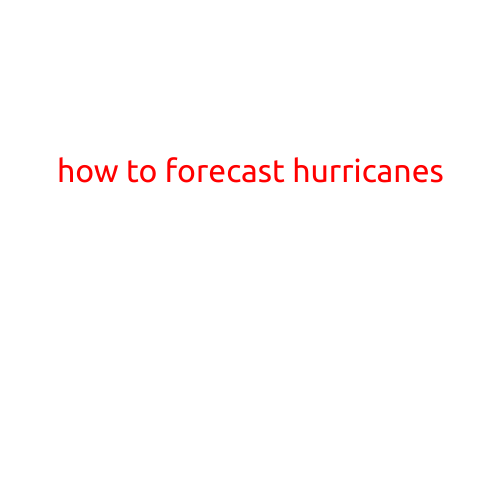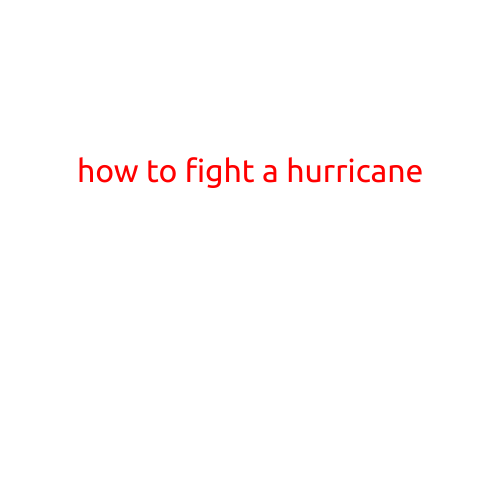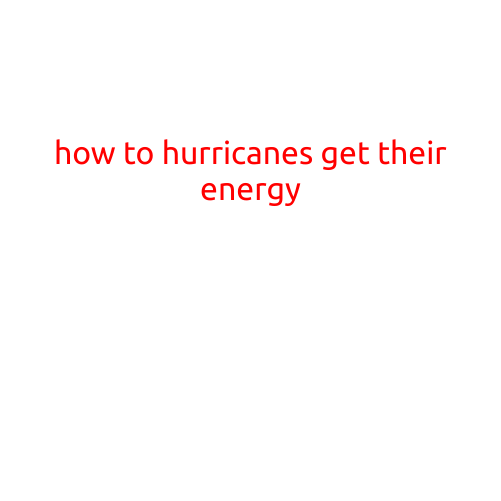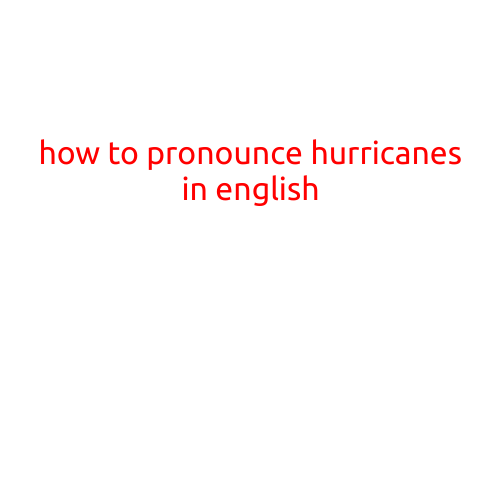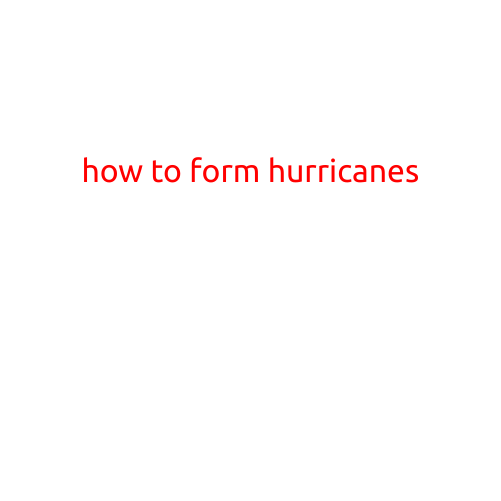
How to Form Hurricanes: A Step-by-Step Guide
Hurricanes are powerful tropical cyclones that form over warm ocean waters. They are fueled by the heat and moisture from the surrounding environment, and can bring catastrophic winds and rainfall to the areas they affect. But how exactly do hurricanes form?
In this article, we will walk you through the step-by-step process of how hurricanes form, and what conditions are necessary for a hurricane to develop.
Step 1: Warm Ocean Waters
The first and most crucial step in forming a hurricane is warm ocean waters. Hurricanes need an area of warm ocean water (at least 26.5°C or 80°F) to a depth of about 50 meters (164 feet) to form and sustain themselves. These warm waters heat the air above them, causing it to rise and create an area of low pressure.
Step 2: Moisture-Rich Air
As the air rises, it cools and condenses, releasing heat energy. This heat energy fuels the development of the hurricane. Moisture-rich air from the surrounding environment is necessary to provide the humidity needed to sustain the storm.
Step 3: Low Pressure System Forms
As the air rises, it creates an area of low pressure near the surface. This low-pressure system is the driving force behind the formation of the hurricane. As the air continues to rise and cool, it creates a rotation in the airflow, which is strengthened by the Coriolis effect (a result of the Earth’s rotation).
Step 4: Wind Shear Reduces
Hurricanes need a certain level of wind shear (a change in wind direction and speed) to form. Wind shear can destroy a developing hurricane by disrupting the flow of air. However, when the wind shear is low, the hurricane can develop and intensify.
Step 5: Thunderstorms Develop
As the low-pressure system and rotation continue to grow, thunderstorms develop within the system. These thunderstorms are known as convective storms and are fueled by the heat energy released from the condensation of the moist air.
Step 6: The Eye Forms
As the hurricane continues to strengthen, the eye of the storm forms. The eye is a calm, cloud-free region at the center of the hurricane, surrounded by a ring of towering thunderstorms.
Step 7: Wind Speeds Increase
As the hurricane continues to intensify, the winds within the circulation increase in speed. The fastest winds are typically found near the surface and the slowest winds are found at higher altitudes.
Step 8: The Hurricane Reaches Maturity
Once the hurricane has reached a certain level of intensity and organization, it is considered a mature hurricane. At this stage, the storm is capable of causing significant damage to coastal areas.
Step 9: The Hurricane Weakens
As the hurricane moves over cooler ocean waters or makes landfall, it begins to weaken. This is because the storm loses its primary source of energy, which is the warm ocean water.
Conclusion
Forming a hurricane is a complex process that requires a combination of warm ocean waters, moisture-rich air, low wind shear, and a pre-existing weather disturbance. By understanding the steps involved in hurricane formation, we can better prepare for these powerful storms and help mitigate their impact on our communities.
